Political strategist Karen Freyer takes the community’s pulse and announces a run for Vaucluse in 2023
Political strategist Karen Freyer has announced her plans to run as a high-profile independent for the seat of Vaucluse in 2023.
Wentworth Courier
Don't miss out on the headlines from Wentworth Courier. Followed categories will be added to My News.
It’s not just Karen Freyer’s Ascham education, topped off by her masters from Harvard Business School, that gives her the chutzpah to stand as an independent for the seat of Vaucluse at the upcoming state election (a decision she’s officially announcing today through the Wentworth Courier).
Instead, it’s her passion, her skills as an international journalist – she has a journalism degree from Columbia and has worked for the BBC, CNN and 60 Minutes in Paris – and her local government experience.
She was a strategist for City of Sydney’s Kerryn Phelps and campaign manager for Yvonne Weldon, the first Indigenous person on City of Sydney council, as well as a founder of London’s social enterprise New Deal of the Mind, when she lived there.
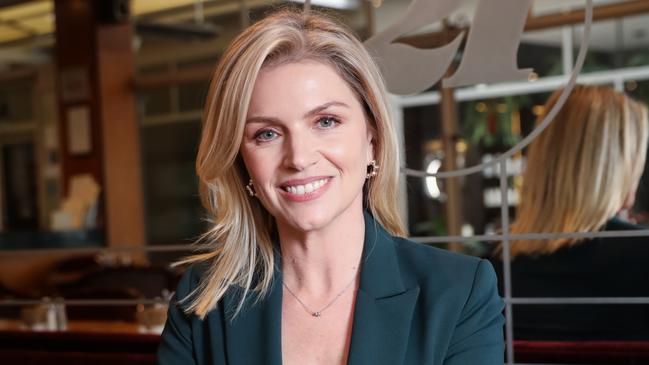
Freyer and Weldon are close. Both their bloodlines bleed back to sorrow. Freyer’s father, a Polish Jew, escaped World War II to arrive in Australia and become a successful cardiologist. Over a lifetime he has shared memories of his childhood in a Jewish ghetto – of watching Nazi soldiers firing guns into babies’ prams. Of narrowly avoiding being shot dead because his blond hair caused the soldier a flicker of doubt.
Freyer says growing up with such stories helps her connect with the “other” and makes her question the status quo.
“I’ve been developing my policy platform based on conversations with residents. What I’ve heard so far is an overall frustration – with the inappropriate level of influence developers have over our planning system, and with politicians who ignore us and don’t listen to the community they are supposed to represent,” Freyer says. “It’s a frustration with being unable to uphold basic levels of integrity in our politics and the ‘jobs for mates’ culture which undermines public confidence in our democracy.”
Aside from wanting a different approach to development, Freyer wants NSW to be positioned to harness what she sees as massive jobs and investment opportunities from renewables and to reduce net carbon emissions by at least 60 per cent by 2030.
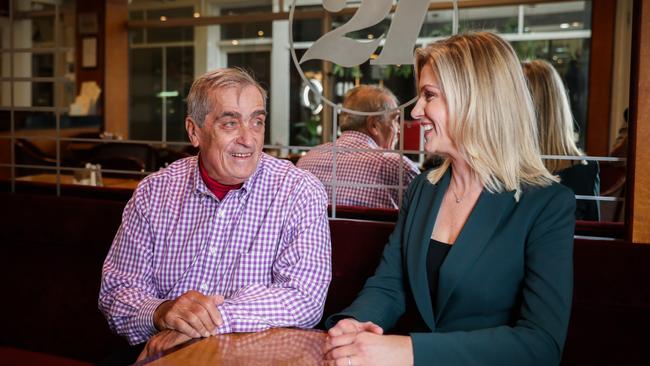
Her other policies include: “Stopping coal mine extensions and expansions and to permanently end the logging of native forest habitat in NSW and provide secure protection for the koala. Koalas will be extinct before 2050 in NSW unless strong government action is taken now.”
She also supports a strong community call for a second high school in her electorate.
But she says it is perceived overdevelopment that is increasingly angering eastern suburbs residents, and others in NSW, so for her this is a high priority.
“When I worked with Dr Kerryn Phelps while she was a councillor at the City of Sydney, I saw first-hand how the current planning system is failing communities and favouring developers,” she says.
“I saw how development is being fast-tracked outside the traditional local controls and development approval processes, while removing the capacity for communities to fight back.”
Freyer believes developers have more ready access to politicians than resident action groups and that this was illustrated in April.
“The minister for planning, Anthony Roberts, announced he was shelving draft planning reforms of the former minister Rob Stokes, at a private Urban Taskforce lunch. That’s a powerful developers’ lobby group. So the developers got to hear the inner reasoning but the public didn’t,” she says.
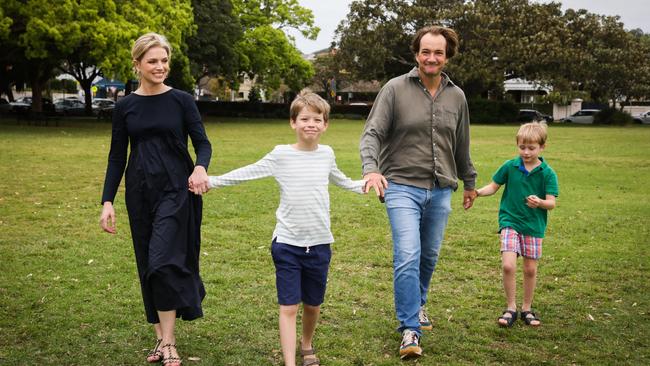
A representative of Urban Taskforce says the proposed changes were opposed by developers “because they would have added to the costs and timelines for gaining a DA consent without improving the outcome for customers or the community”.
“But that’s for the community to debate, scrutinise and decide, not just developers,” Freyer says.
She gives examples of what she sees as problematic development in the eastern suburbs.
Woollahra Council recently received state funding of $4.75m for ‘Enhancing and Revitalising Woollahra Iconic Spaces’ and more than $600,000 for three infrastructure projects to improve parks and green spaces.
“But the $4.75m went to the Knox Street Pedestrian Plaza, contingent on the council fast-tracking even more development in the LGA,” Freyer says. “So Double Bay and the Edgecliff corridor will have to absorb the extra density when the local business community doesn’t even want this plaza.”
Freyer says eastern suburbs residents accept that all of Sydney must increase housing density to accommodate population growth – they want their children to be able to afford to live near them too.
But Woollahra Council is one of the few in Sydney that has met its urban consolidation obligations and the eastern suburbs is already one of the more densely built communities in the country with 77.8 per cent of its dwellings medium or high density, compared to 46 per cent in greater Sydney, Freyer says.
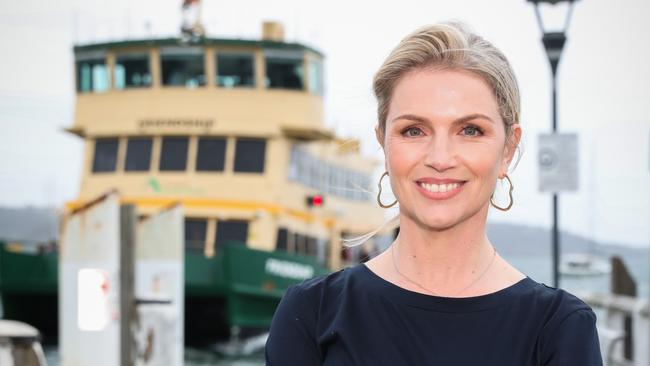
A spokesperson for the Department of Planning and Environment said: “If a council reaches their minimum housing target, it does not mean that they should preclude realisation and delivery of further housing where this is appropriate. It is the responsibility of councils to meet the housing targets set by the Greater Sydney Commission, through their local housing strategies.”
Double Bay currently has 18 major residential DAs approved and four pending, some above existing commercial spaces.
Urban Taskforce chief executive Tom Forrest argues Double Bay is a perfect location for regeneration.
“The people of Double Bay like to compare their lifestyle with that of the Cote d’Azur, but maintain highly inefficient low-level residential development,” Forrest says.
“In Nice, Cannes and Monaco, the height of buildings is six storeys-plus everywhere. Double Bay has pockets of higher-density development, but it is time for a refresh, which would certainly return the vibe to Double Bay.”
Under the state’s urban consolidation plan, in 2016 Woollahra Council was set a target of 300 new dwellings to be built by 2021. It built 889 new dwellings by 2021, nearly triple that target. Current estimates have it exceeding its targets by 200 per cent by 2036.
In May, the council asked the Department of Planning and Environment to withdraw its targets for 2026 because it had “already significantly exceeded previous targets” and there were “no proposed upgrades to infrastructure in order to accommodate this growth”. This was rejected.
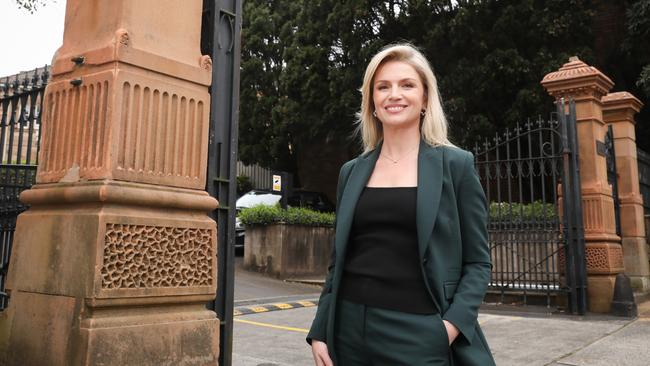
The department’s forecasts show 500 new dwellings are planned for Woollahra LGA over the period from 2021 to 2026.
“The fact is, the target for Woollahra Council is ridiculously low and should be vastly increased,” Forrest says.
Waverley Council has also complained about developers breaching local planning rules, building “higher and fatter” apartment towers than their own planning allows. Late last year Labor and Liberal Waverley councillors united to object to two new 10-storey apartments in Bondi.
Many Sydney municipalities are balancing density commitments by taking high density in rail corridors, like the Edgecliff corridor, to keep their suburban values intact.
Developers argue that Edgecliff is a rundown locality that could well benefit from greater height and density, and that this would be used to pay for a vastly improved retail and restaurant offering at ground and podium level.
In November 2021, a controversial plan to build a $346m, 45-storey residential and commercial tower on the existing Edgecliff Centre, a major transport hub, was rejected by the Sydney Eastern City Planning Panel.
“That proposal crammed people in with no community space, no green space,” Freyer says.
“The government must ensure that development never proceeds in a neighbourhood at a rate faster than the building of quality public infrastructure in that neighbourhood.
“By quality infrastructure, I mean schools, hospitals, community facilities, public transport and, of course, green open space.”
Forrest argues Woollahra Council could have negotiated a planning agreement with the applicant to provide more community amenity and local infrastructure.
“It’s disappointing, though not surprising, that Woollahra Council was unable to reach such an outcome,” Forrest says.
In 2017, Minister Roberts, along with then local government minister Gabrielle Upton – the current Vaucluse MP, who will not contest her seat at next year’s election – announced that Independent Hearing and Assessment Panels (IHAPs) (known as Local Planning Panels) would become mandatory for all Sydney councils in a bid to “guard against corruption and lead to better local planning decisions”.
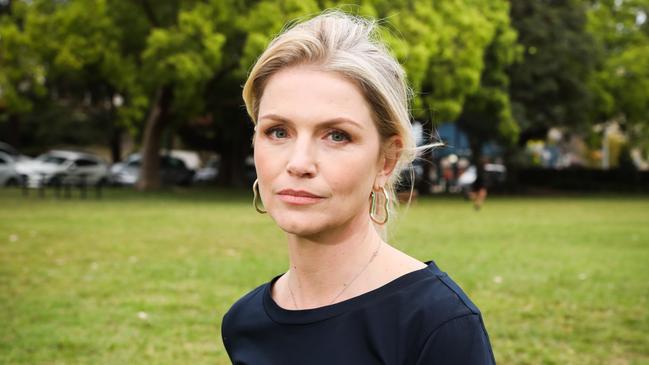
The department spokesperson says of these: “Local Planning Panels approved 1025 development applications during the 2021-2022 financial year – worth $3.45bn to the NSW economy. Ninety-six per cent of these decisions are in line with council assessments.
“Local Planning Panels are essential to safeguarding against corruption, ensuring transparency and accountability, and giving communities greater certainty about planning decisions. They are made up of independent experts that make decisions on the most complex, contentious and sensitive local development applications.”
But Freyer says many people have lost faith in them and points out that under this system, like other LGAs, Woollahra Council can no longer consider applications worth $5m or more.
“Considering how many building applications in the eastern suburbs involve a property of that value, this means a large number of applications move beyond review by the local community, which is left powerless,” she says.
“As one of the safest seats in the state, Vaucluse is often ignored. Politicians don’t listen to us. The electorate is essentially a competition-free zone.
“But the federal election has shown us that the support of the community can never be taken for granted. Voters want a different kind of politics.”
Freyer does not yet know who she will be up against – the Liberal Party is yet to name a candidate to replace Upton – but she knows it will be hard to win.
She argues that by voicing the strong dissenting views of some voters, at the very least she can broaden the debate during the election.
“But my hope is to be an agent of change on behalf of the people of Vaucluse, to listen to residents and be our voice on Macquarie St,” she says.


